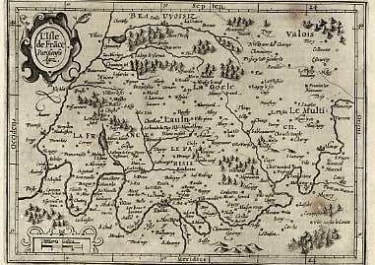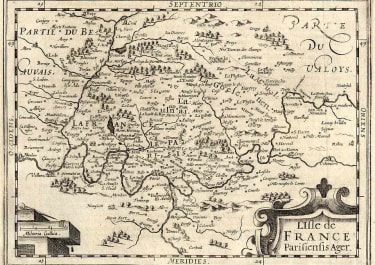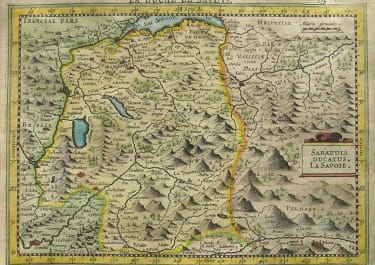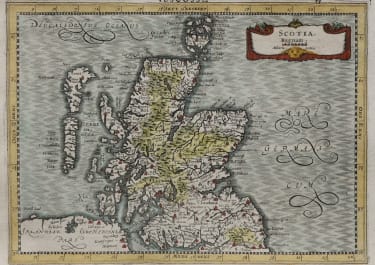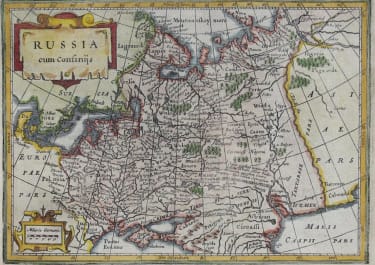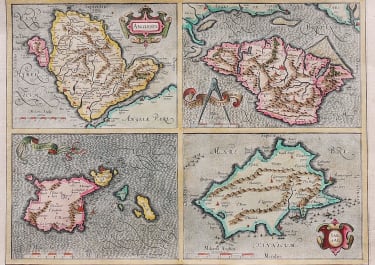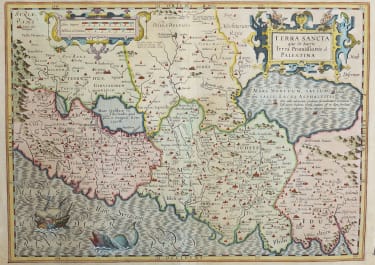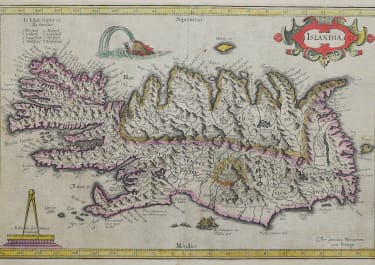SUECIA ET NORVEGIA CUM CONFINYS
£595
Superb important folio map of Scandinavia.
Fine example of Mercator's map of Sweden and Norway. It is one of the most important and influential maps of Scandinavia published in the 16th century.
Mercator established the basic geographic foundation of Scandinavia using cartographic notes from his 15-sheet map of Europe published in 1554 as well as his larger map of Europe published in 1572. In this map, Mercator corrects the shape of the Peninsula for which most future maps of the area are based.
While Ortelius had issued a regional map that included Scandinavia, Mercator's map is more accurate and included more focused detail of the area. Ultimately, it became the most reliable commercial map of the region for several decades.
Invisible closed tear in upper margin just encroaching into printed surface otherwise
Excellent hand colour
Mint condition
References: Van der Krogt 1, 1210:1A; Ginsberg (Scandinavia), #34.0.
From: Gerardi Mercatoris - Atlas sive Cosmographicae Meditationes de Fabrica Mundi et Fabricati Figura. Denuo auctus Editio Quinta. Henricus Hondius. 1623. (Van der Krogt 1, 105)
code : M5048
Cartographer : GERARD MERCATOR
Date : 1595 / 1623 Amsterdam
Size : 36.5*48.5 cms
availability : Available
Price : £595
Gerard MERCATOR
Originally a student of philosophy Gerard Mercator (1512-1594). He became an expert in land surveying and cartography, as well as a skilled engraver.His first maps were published in 1537 (Palestine), and 1538 (a map of the world), although his main occupation at this time was globe-making. He later moved to Duisburg, in Germany, where he produced his outstanding wall maps of Europe and of Britain. In 1569 he published his masterpiece, the twenty-one-sheet map of the world, constructed on what is now known as Mercator's projection.
It was during this period, while teaching cosmography at Duisburg, that Mercator realised the pressing need for a modern collection of maps to supersede the Ptolemaic atlases. This project was gradually expanded to be a complete description of the Universe, both heaven and earth, with other volumes on the Creation, Genealogy and History and a Chronology. The description of the earth was to be in two parts, a modern geography and a Ptolemaic atlas, a massive and over-ambitious project. In fact, only the Chronology and the Ptolemaic Geographia were completed in his lifetime, and it was left to his son, Rumold, to complete and publish the world atlas in 1595. Entitled Atlas, sive Cosmographicae Meditationes de Fabrica Mundi, this was the first time the name "Atlas" was applied to a bound collection of maps, and, like Mercator's projection, has remained in everyday use to this day.
After Rumold's death in 1599, the plates for the atlas were published by Gerard Jr. Following his death in 1604, the printing stock was bought at auction by Jodocus Hondius, and re-issued well into the seventeenth century.
The Atlas Minor was reprinted,reengraved by many 16th century Dutch cartographers including Cloppenberg, Jansson etc.







